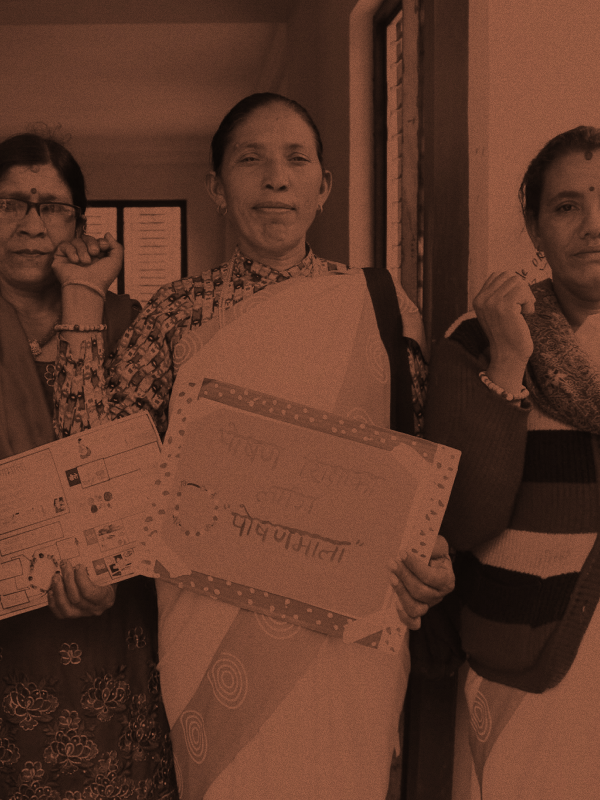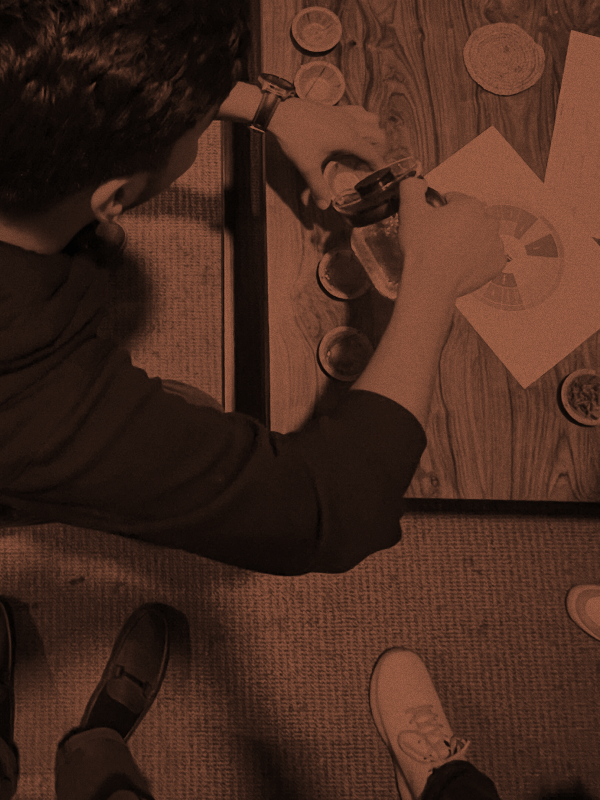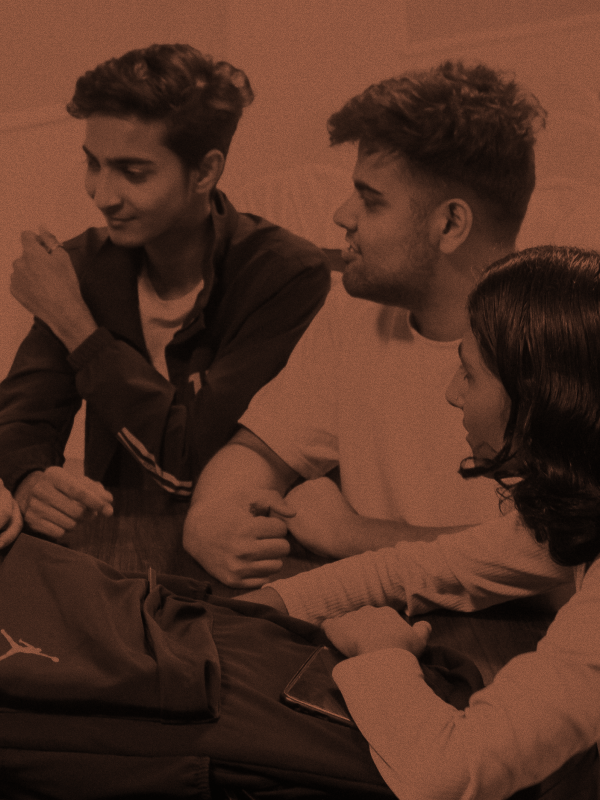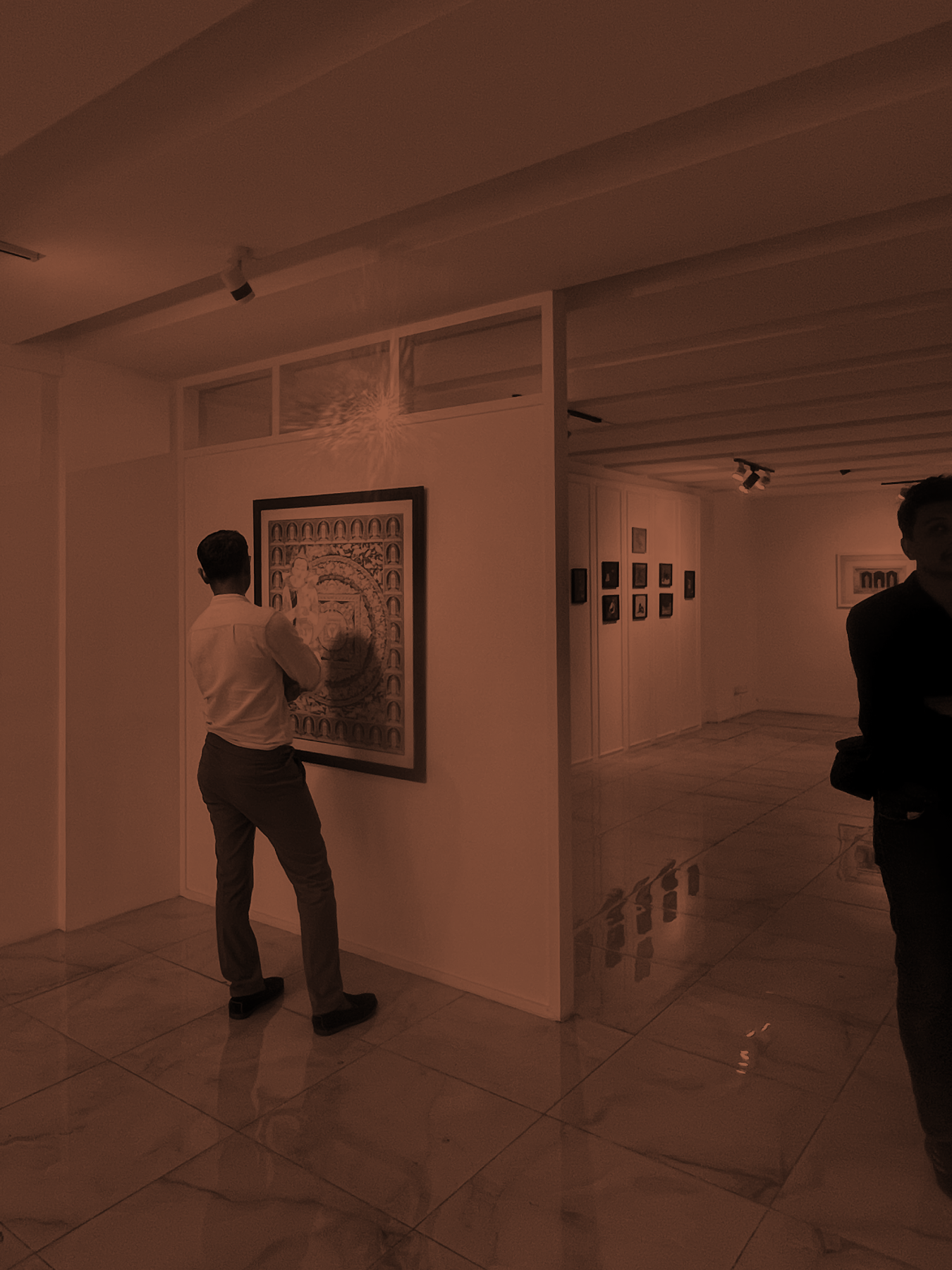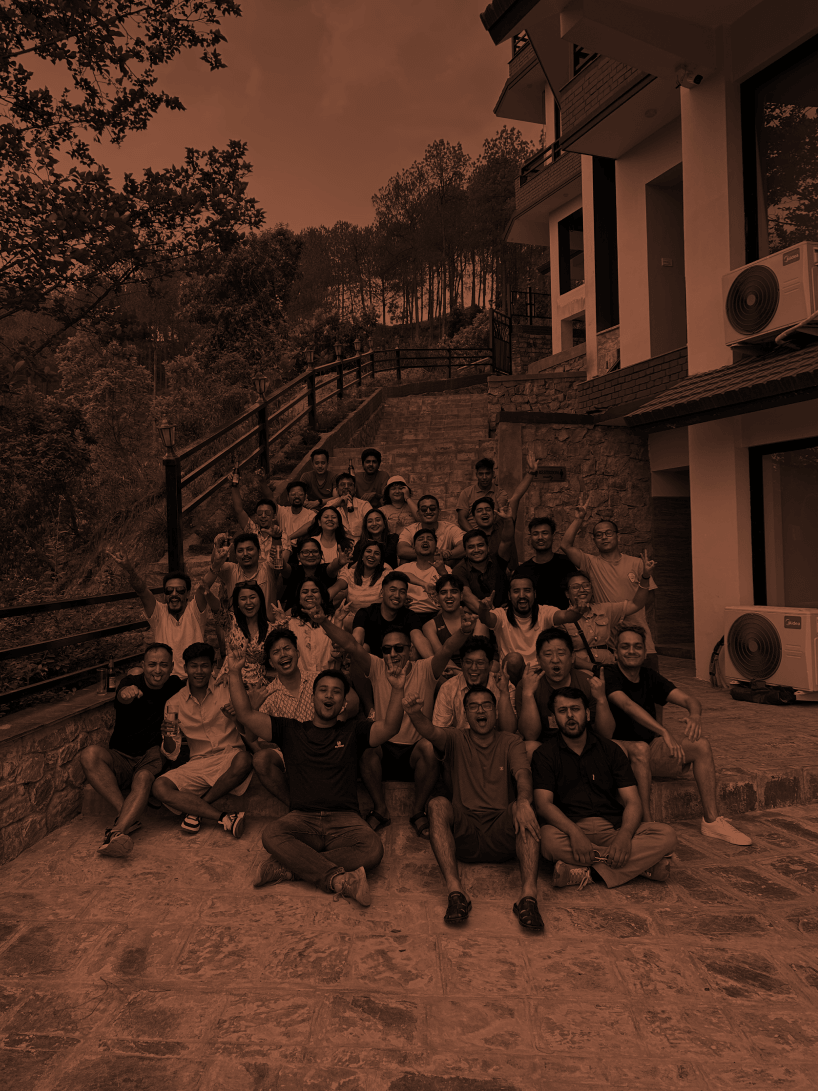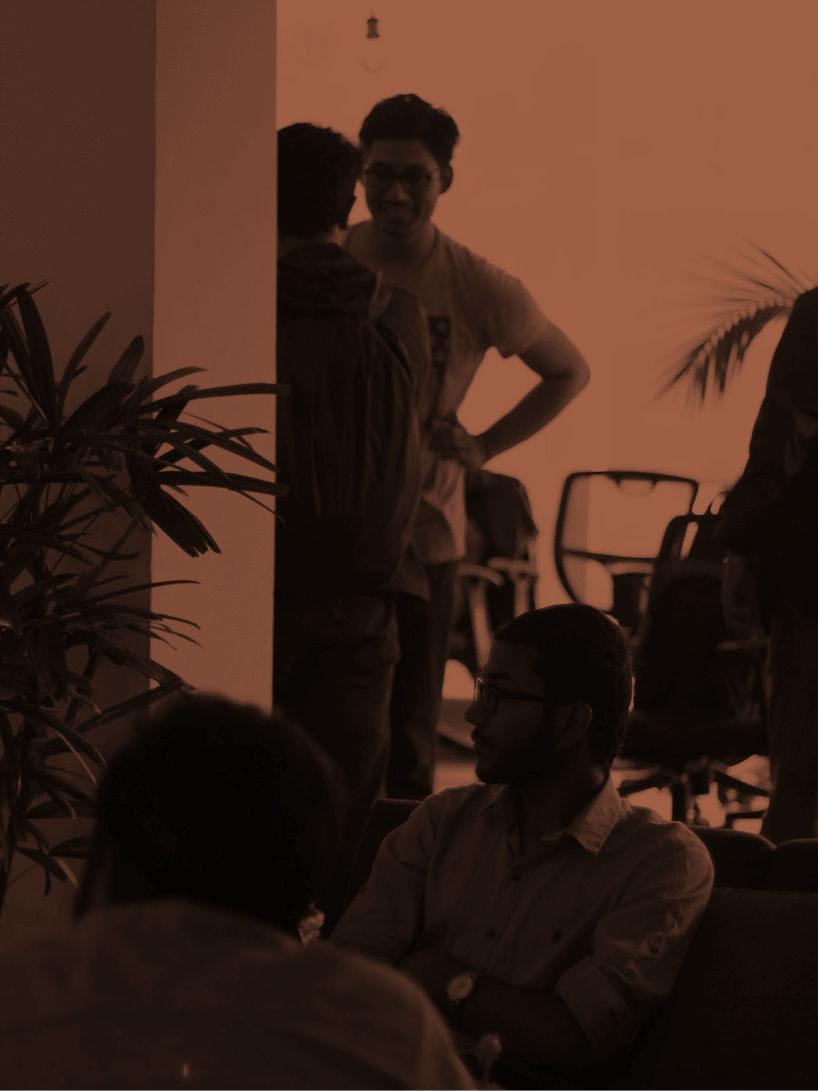How Outside’s values inform our structure, business model, and approach to impact
Outside’s primary function is to provide strategy, design, and tech solutions for our clients. We don’t consider that work to be separate from our impact. As often as possible, we aim to work with clients whose motivations, like ours, include building a more equitable world—that way, our approach to business becomes our approach to impact.
We also consider the impact Outside has on its team members and the communities in which they work. Our structure includes creating a strong, inclusive company culture and making a specific effort to invest in Kathmandu.
Our system isn’t perfect.
We’re regularly re-thinking what impact really means for a design and tech studio, and how we measure it over the short and long-term. For interested clients and collaborators, this is a space to reflect on not just what we believe in, but how we embody those beliefs.

Outside’s primary ambitions
-
1.1Use business as a vehicle for activism
-
1.2Challenge perceptions around outsourcing
-
1.3Foster a healthy working environment
-
1.4Make quality design & tech accessible
-
1.5Consider Kathmandu a stakeholder
Use business as a vehicle for activism
We work hard to align our business and our values. We prioritize clients that are values-aligned and invite other companies to adopt our practices and share their own learnings. Ultimately, we intend to create an alternative model for success–one that centers people over profit.
Foster a healthy working environment
We do everything we can to create a company culture that results in better qualities of life for our team. Through our structure, in-office activities, benefits, and pay rates, we seek to uplift under-represented populations in tech and support a healthy work-life balance. Over time, we aim to help shift the broader landscape of company culture in Nepal.
Make quality design & tech accessible
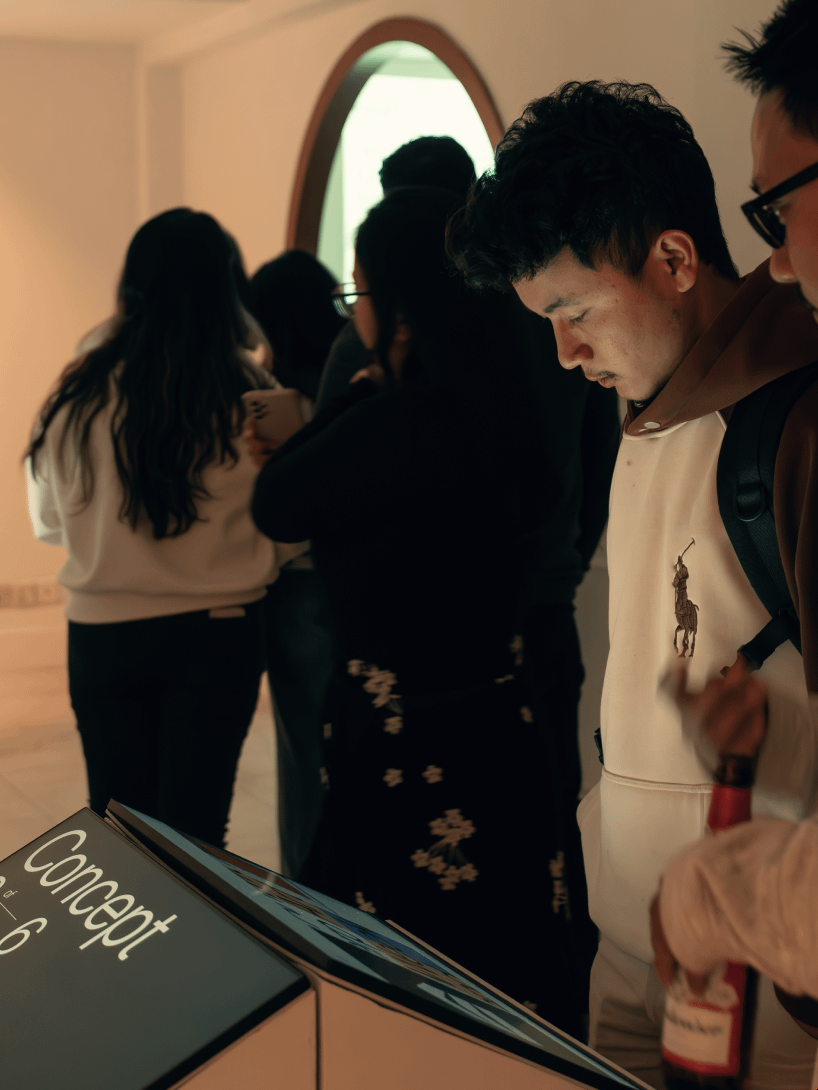
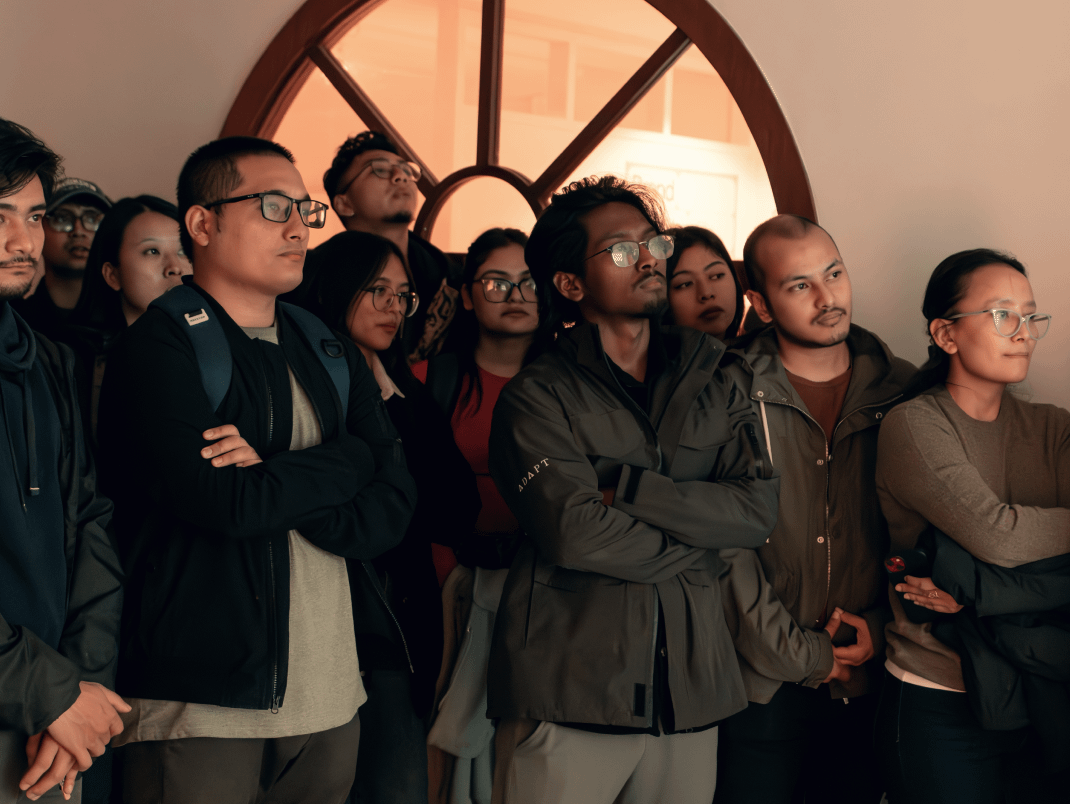
FAQs
When Outside’s founders were creating the company, there were a few options for structuring the way we do business:
We could have been a traditional company, whose purpose is to maximize profits and shareholder value. However, we find that this structure too often relies on over-extraction of resources, encourages wasteful spending, and leads to unequal wealth distribution.
We could have incorporated a Corporate Social Responsibility model, in which companies use some of their earnings to contribute to their communities or the world at large. We don’t find this to be a transformative solution, since the amount companies can give often relies on harmful business models. For example, if a fashion company outsources low-wage labor in order to make and sell more clothes, then donating a percentage of those sales to a humanitarian cause is self-defeating.
We have worked with venture-backed social enterprises whose missions we support. But we acknowledge that venture-backed social enterprises often require that growth and impact are intrinsically aligned, and that’s not always possible. When it comes to Outside’s internal structure, we don’t want to be required to expand or increase revenue just to generate a return to investors, at the expense of our mission and values.
Given these considerations, we chose to forego a more traditional investor model and limit profit at the ownership level. For a further breakdown on how this looks, see the next question.
Outside has no investors. Our founders–the highest tier of leadership at the company–have capped earnings. That means our profit incentive isn’t infinite; at the end of the day, we are only required to earn enough to pay the people who work at Outside. Growth can fluctuate in accordance with whether or not we’re embodying our values, rather than a requirement to increase earnings year over year.
When Outside makes a surplus, we distribute it among the team. Here’s how it works: Any money left over after paying salaries, buying necessary office equipment, and contributing to our impact initiatives (described below), we consider a surplus. On a quarterly basis, we move 50 percent of the surplus to Outside’s rainy day fund–that allows us to continue paying team members through financial slowdowns–and distribute the remaining 50 percent directly to team members. Founders do not get distributions unless the surplus exceeds a certain threshold.
We find the business-as-activism model to be impactful because our clients provide services and products that address important issues. Our clients, for example, take on food inequity in schools, sexual education disparities in Arab countries, deepfake detection for media and financial institutions, environmental micro-philanthropy, and more.
When we choose to work with a client, we consider our participation and influence not just for its immediate benefits to the client, but in terms of its impact across industries, countries, and markets. If our work benefits one vulnerable community, we try to ensure that this help was not at the direct expense of another vulnerable community.
For a more in-depth essay on our approach to impact, and one of our founder’s thoughts on impact measurement, read what he wrote on Substack about the topic.
We prioritize mission-driven organizations, but we research every company we pitch, work with, or receive a request from to see how our values align. In some cases, the choice to work with a client is obvious; in other cases, we ask clarifying questions or communicate our own limitations.
For instance, we don’t usually offer social media management, but we may provide some suggestions about an approach to social strategy.
Other considerations we take into account include whether our decision to work with a company could have a net positive effect compared to another agency’s involvement; our ability to pay our team members appropriately; and the kind of service we’re providing. We will almost always choose to work with a small business because we believe in diversifying economies away from large corporate monopolies, which tend to rely on extractive financial practices and have more damaging environmental outcomes.
Our standards when it comes to values-alignment are slightly less stringent for projects that are software development only, as in, projects where we are only writing code for a website or app, rather than contributing to strategy, creating the brand, designing the UI, or writing copy. In these situations, the result of our work won’t differ significantly from the work another studio would provide, and won’t impact the way the client ultimately operates in the same way branding, design, copywriting, and strategy might.
The earnings on development-only projects make up for losses in other less-profitable services. With that surplus, we can afford to offer branding, design, and strategy services to small, locally owned, and/or socially conscious companies at a rate that’s more practical for their budgets.
Outside’s Impact Initiative Model
These initiatives help us meet our goals and embody our values in three distinct ways: Educating our team on important societal issues, strengthening workplace culture, and expressing our commitment to our community stakeholders by engaging directly with organizations serving Kathmandu.
How it works
- We work with a mission-oriented client.
- We find an organization with a similar mission in Nepal and reach out to collaborate.
- We learn about the Nepali organization through engaging presentations or activities, and contribute a percentage of our profit or time to the cause.







